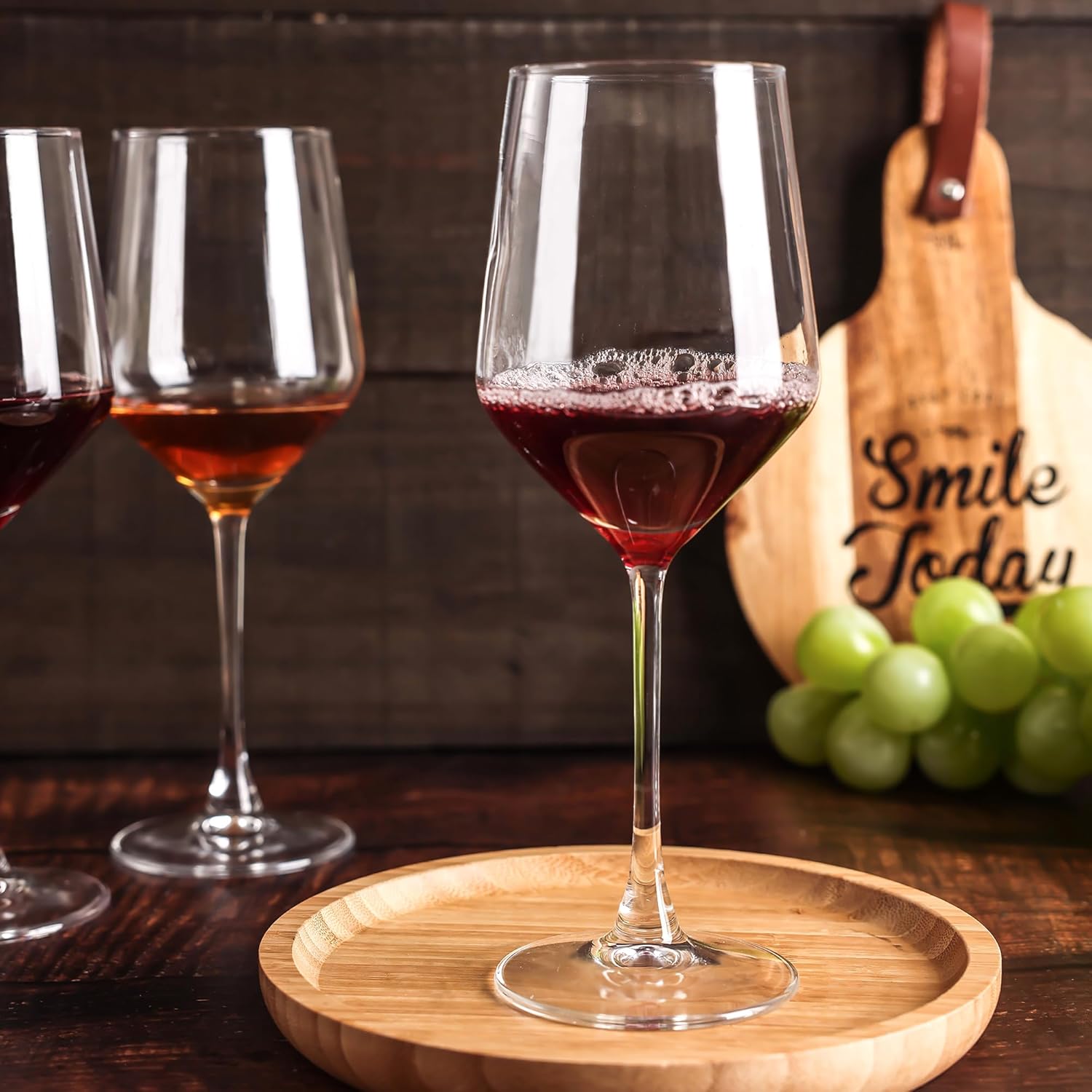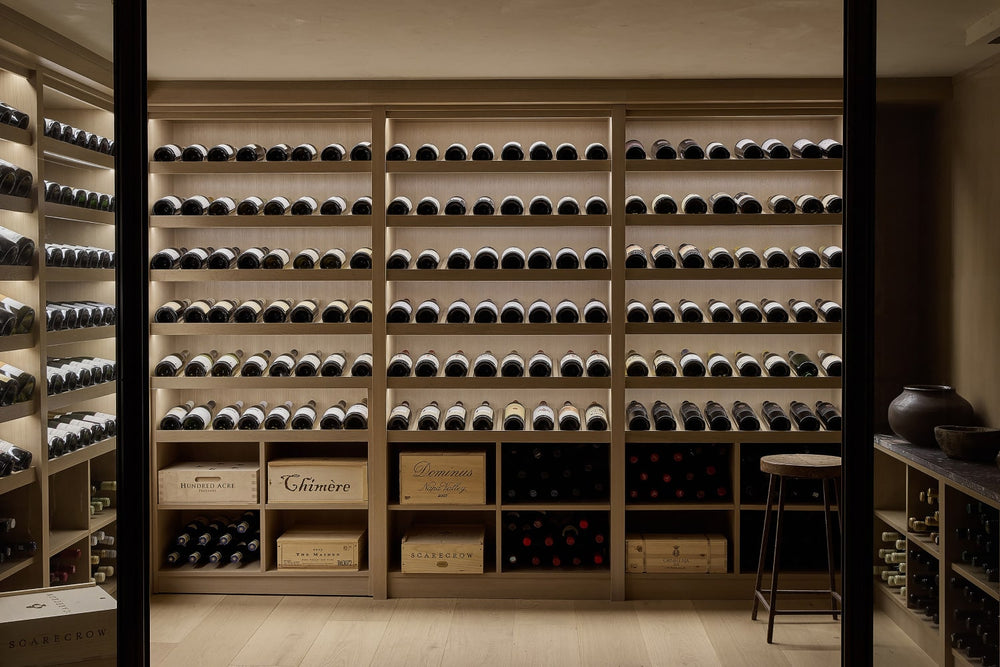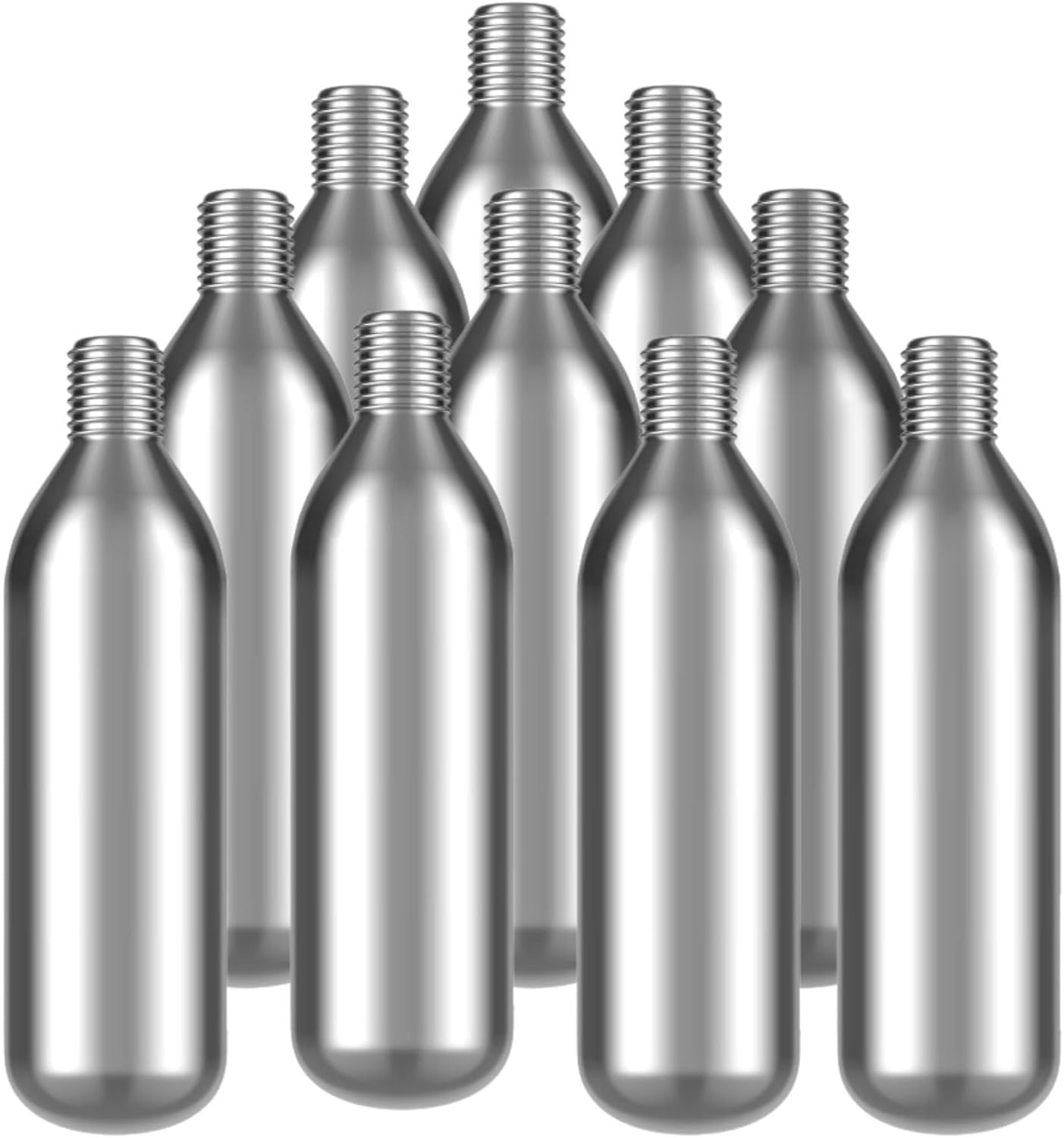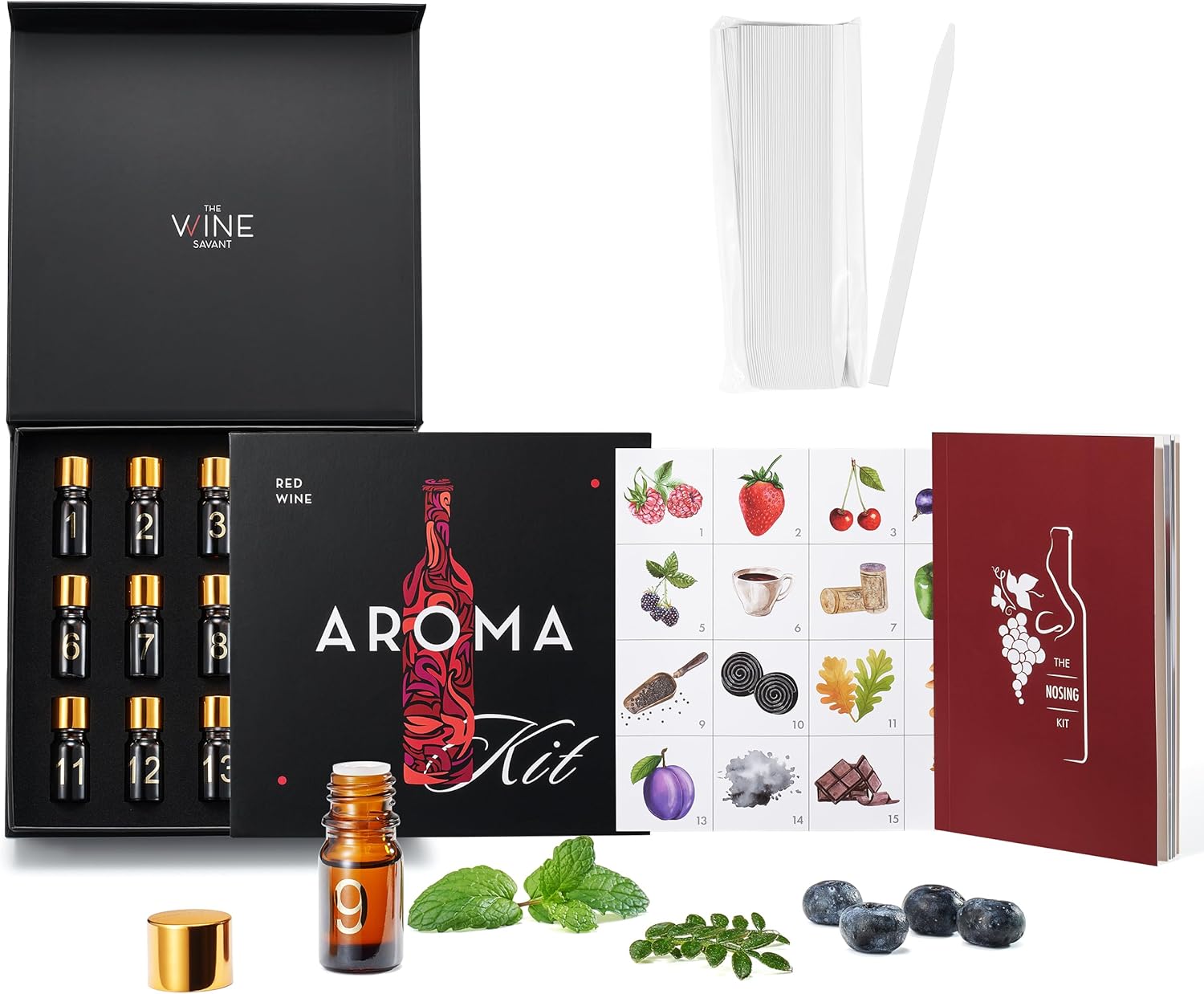The Art & Science of Pairing Wine with Food: A Masterclass
Have you ever experienced it? That magical moment when a sip of wine after a bite of food creates a third, entirely new flavor that’s more delicious than either on its own. It’s a culinary crescendo that can elevate a simple meal into an unforgettable experience. But for many, the path to that perfect pairing is paved with anxiety. Fear not. As of September 2025, this is your definitive guide to transforming pairing panic into confident pleasure.
The Foundation: Beyond “Red with Meat, White with Fish”
The old adages are not wrong, but they are incredibly simplistic. They’re like saying “wear a coat when it’s cold.” True, but not very helpful for choosing between a raincoat and a parka. To truly master pairing, you need to understand the *why*. The secret lies in balancing the core components of both the wine and the food. There are two guiding philosophies:
- Congruent Pairing: Matching like with like. You pair a creamy pasta with a creamy, buttery Chardonnay. The shared rich profiles amplify each other.
- Contrasting Pairing: Creating balance through opposition. You pair a rich, fatty piece of fried chicken with a high-acid glass of Champagne. The wine’s acidity cuts through the fat, cleansing your palate for the next bite.
Most of the truly “magical” pairings are contrasting. To achieve them, you need to think like a chef and a scientist, balancing a few key elements. Our wine terminology guide is a fantastic companion for diving deeper into these concepts.
The 6 Pillars of Pairing
Forget the grape for a second. Instead, focus on the structural components of the wine. Is it acidic? Is it tannic? Is it sweet? Is it light or heavy? Understanding these six pillars is the key to unlocking any pairing.
- Acidity: The “zing” or tartness in a wine.
- Tannin: The astringent, mouth-drying sensation from red wine skins.
- Sweetness: The amount of residual sugar in the wine.
- Body: The perceived weight and richness of the wine (influenced by alcohol).
- Bitterness: A subtle component, more pronounced in some Italian reds.
- Flavor Intensity: How subtle or powerful the wine’s aromas and flavors are.
The Principles in Practice: A Component-by-Component Guide
Let’s break down how these pillars interact with food to create harmony… or discord.
Principle #1: Acidity is Your Best Friend
Acidity in wine is like a squeeze of lemon over a dish. It adds freshness, brightens flavors, and cleanses the palate. This is why high-acid wines are among the most food-friendly options available. When pairing with acidic foods, like a salad with vinaigrette or a tomato-based pasta sauce, your wine needs to have at least as much acidity as the food. If the food is more acidic than the wine, the wine will taste flat and dull.
Why it Works (Contrast): The screaming high acidity in the Sauvignon Blanc cuts through the rich, fatty texture of the goat cheese, scrubbing your palate clean and making you want another bite. It’s a perfect reset with every sip.
Principle #2: Tame the Tannins with Fat and Protein
Tannin is a fascinating component. On its own, a highly tannic wine like a young Cabernet Sauvignon can feel harsh and overly astringent. But when you introduce fat and protein, a chemical reaction occurs. The tannin molecules bind to the proteins in the food instead of the ones in your saliva, making the wine feel instantly smoother, softer, and fruitier. This is the science behind the most famous pairing of all.
Why it Works (Contrast): The powerful tannins in the Cabernet act as a scraper for the fat coating your mouth from the steak. In turn, the fat softens the perception of the tannins, unlocking the wine’s rich dark fruit flavors. Each makes the other better. To experience this fully, you need the right glass; see our guide to the best wine glasses for red wine to understand how shape affects tannin perception.
Principle #3: Your Wine Must Be Sweeter Than Your Dessert
This is the golden, unbreakable rule of pairing. When you eat something sweet, your palate adapts. If you then take a sip of something less sweet (like a dry red wine with a chocolate cake), the wine will taste jarringly bitter and sour. The sugar in the food strips the fruit flavor from the wine, leaving only its harsh structural components. Always ensure your dessert wine, like a Port, Sauternes, or a late-harvest Riesling, has a higher level of sweetness than the dessert itself.
Why it Works (Contrast & Congruence): The sweet, rich fruit of the Port wine provides a stunning contrast to the salty, pungent funk of the Stilton cheese. It’s a classic sweet and salty combination that creates a harmonious flavor explosion.
Principle #4: Match the Weight of the Food with the Body of the Wine
This is an intuitive one. Delicate foods need delicate wines. Rich, heavy foods need powerful, full-bodied wines. You wouldn’t pair a light filet of sole with a heavy, high-alcohol Shiraz; the wine would completely overwhelm the fish. Similarly, a delicate Pinot Grigio would be lost next to a hearty beef stew.
A Quick Guide to Wine Body
- Light-Bodied Wines: Think skim milk. Examples: Pinot Grigio, Sauvignon Blanc, Riesling, Pinot Noir, Gamay.
- Medium-Bodied Wines: Think whole milk. Examples: Unoaked Chardonnay, Rosé, Merlot, Sangiovese.
- Full-Bodied Wines: Think heavy cream. Examples: Oaked Chardonnay, Cabernet Sauvignon, Shiraz, Malbec.
Principle #5: Match Flavor Intensity and Character
Beyond weight, consider the flavor profile. An earthy, mushroom-forward Pinot Noir from Burgundy will be a dream with a mushroom risotto because they share congruent, earthy flavor compounds. An oaky, vanilla-scented Chardonnay is a natural fit for lobster with butter or corn chowder, as they complement each other’s creamy, rich character. The more you learn about individual grapes in our wine varietals explained guide, the easier this becomes.
Navigating Tricky Pairings: The Sommelier’s Challenge
Some foods are notoriously difficult to pair with wine. Here’s how to tackle them with confidence.
- Asparagus & Artichokes: These vegetables contain compounds (cynarin and mercaptan) that can make wine taste metallic or oddly sweet. **The Fix:** A high-acid, herbaceous white wine like Sauvignon Blanc or Grüner Veltliner. Their “green” notes match the vegetable, and the acidity cleanses the palate.
- Spicy Food (e.g., Thai, Indian): Intense heat can amplify the perception of alcohol and tannin, making a bold red wine taste hot and bitter. **The Fix:** An off-dry (slightly sweet) white wine with low alcohol. A German Riesling or a Gewürztraminer is perfect. The sweetness cools the spice, and the low alcohol doesn’t add to the burn.
- Salad with Vinaigrette: The high acidity of vinegar can kill the flavor of many wines. **The Fix:** Match acid with acid. A zesty Sauvignon Blanc or a dry Spanish Albariño can stand up to the dressing. Pro-tip: using a wine-based vinegar in your dressing can also help bridge the gap.
The Pairing Pro’s Toolkit
Mastering pairing is a journey of practice. Having the right tools not only makes it easier but also more enjoyable. These essentials are some of the most important wine accessories every host needs.

What to Drink with What You Eat
This comprehensive book by Andrew Dornenburg and Karen Page is the definitive A-to-Z guide for pairings, offering endless inspiration.
View on Amazon
Rabbit Wine Decanter
A decanter is crucial for softening tannins in young, bold red wines, making them much more approachable for pairing. This is one of the key wine cellar essentials.
View on Amazon
Gourmet Cheese Board Set
There’s no better way to practice than with cheese. A curated set lets you experiment with salty, creamy, hard, and funky cheeses to see what works.
View on AmazonQuick-Reference Pairing Chart
When in doubt, use this cheat sheet. It’s a great starting point for your pairing adventures.
| Food Category | Wine Style | Specific Varietal Examples |
|---|---|---|
| Light Seafood & Shellfish (Oysters, Scallops) | Light-Bodied, High-Acid Whites | Sauvignon Blanc, Pinot Grigio, Albariño, Muscadet, Champagne |
| Richer Fish & White Meat (Salmon, Chicken, Pork) | Full-Bodied Whites or Light-Bodied Reds | Oaked Chardonnay, Viognier, Dry Rosé, Pinot Noir, Gamay |
| Red Meat (Steak, Lamb, Burgers) | Full-Bodied, Tannic Reds | Cabernet Sauvignon, Merlot, Malbec, Syrah/Shiraz |
| Earthy Dishes (Mushrooms, Truffles) | Earthy Reds & Whites | Pinot Noir (Burgundy), Nebbiolo (Barolo), Sangiovese (Chianti) |
| Spicy Cuisine (Thai, Indian) | Off-Dry, Aromatic Whites | Riesling (off-dry), Gewürztraminer, Viognier |
| Rich Pasta & Tomato Sauces | Medium-Bodied, Acidic Reds | Sangiovese (Chianti), Barbera, Montepulciano |
| Soft & Creamy Cheeses (Brie, Goat Cheese) | High-Acid Whites or Sparkling | Sauvignon Blanc, Champagne, Sancerre |
| Hard & Aged Cheeses (Cheddar, Parmesan) | Full-Bodied Reds or Complex Whites | Cabernet Sauvignon, Aged Chianti, Oaked Chardonnay |
| Desserts & Chocolate | Sweet Fortified or Dessert Wines | Port, Sauternes, Late-Harvest Riesling, Vin Santo |
Remember that proper storage is key to having a delicious bottle ready for your meal. Explore our guides on eco-friendly wine storage solutions and how to store wine without a wine fridge for everyday tips. And for taking that perfectly paired bottle to a friend’s house, a selection from our list of the best wine bags is essential.
Conclusion: Your Palate is the Final Judge
This guide provides the science and the principles, but the art of pairing comes from you. The most important rule is to drink what you like with the food you love. Don’t be afraid to experiment. If you want to drink Cabernet with your oysters, go for it! You might hate it, or you might discover something new about your own palate. The goal is not to follow rules slavishly, but to use them as a map to explore the vast, delicious world of food and wine. So go forth, be brave, and create your own magical moments.

























